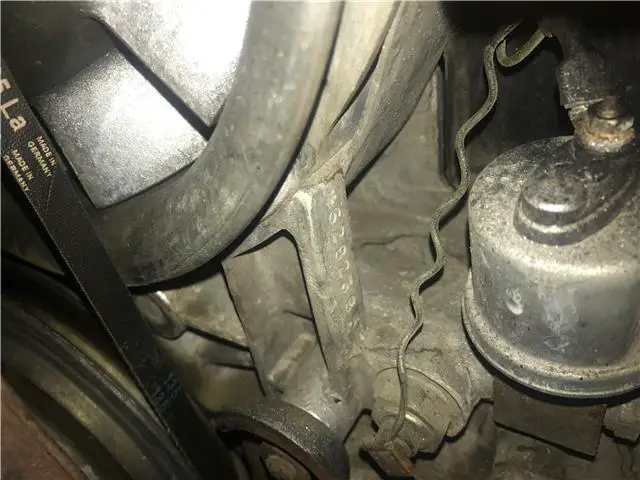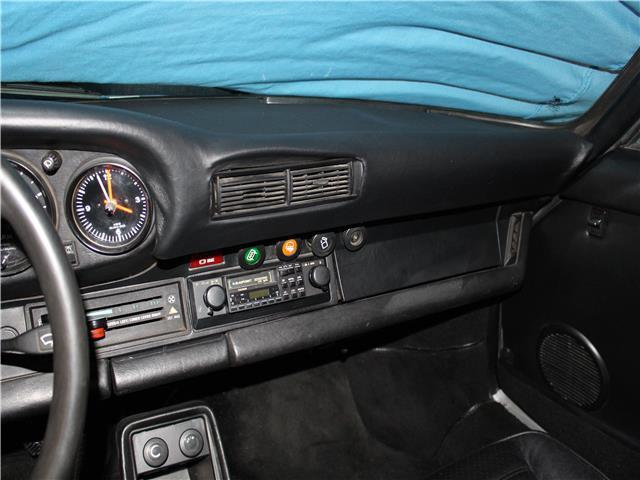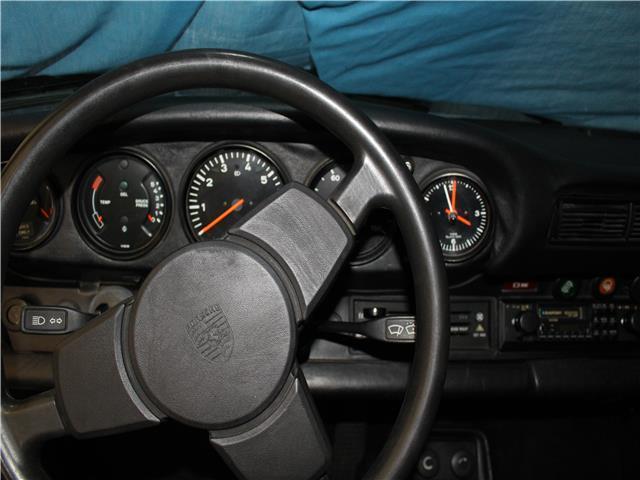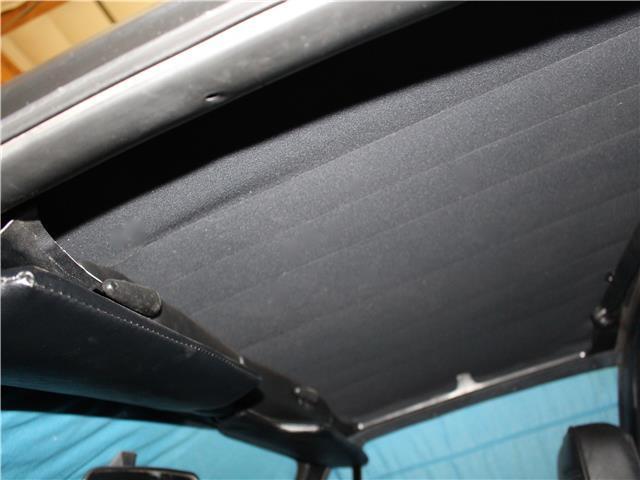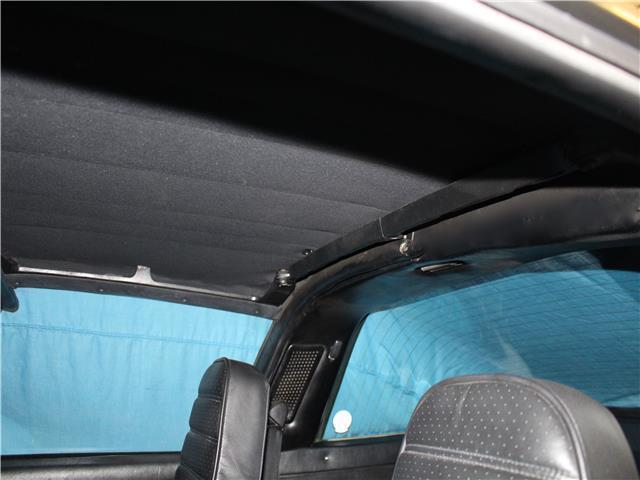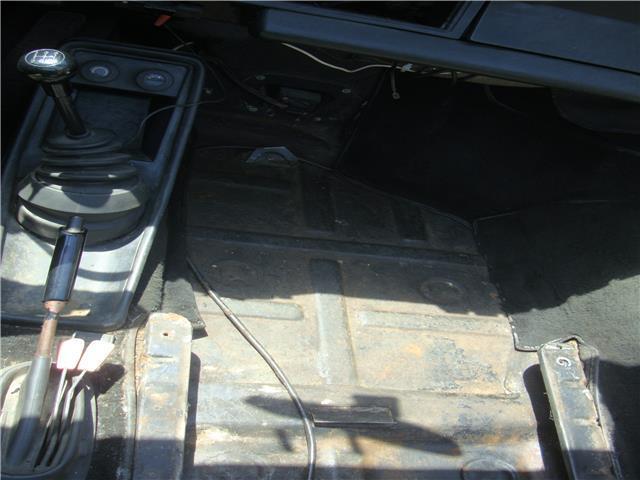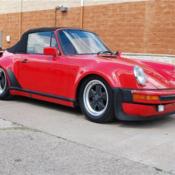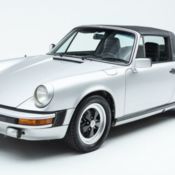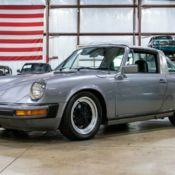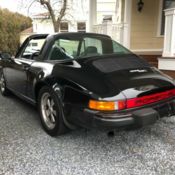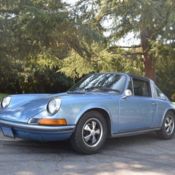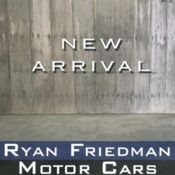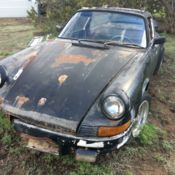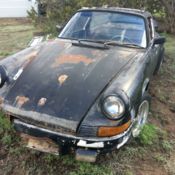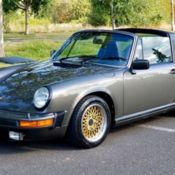1978 Porsche 911 Targa 78,860 Miles Manual
Price: -
Item location: Costa Mesa, California, United States
Description:
1978 Porsche 911 N/A
1978 Porsche 911 SC Targa MatchingVIN 9118212273
Engine Number 6282385
COA in hand
I wanted a vintage car to drive in the annual driving event called the Targa Baja. This car came to me via someone who purchased it from an Estate Sale. It was a low mile car so I thought it would be a good car to take into Mexico on a 4 day trip in November of this year. The car had paint approx. 1 year old but needed an interior. The wheels were original but tired looking and the car had some oil leaks.
The wheels were beautifully restored by PorscheWheelServices.com ( FuchsRestoration.com ) The newly restored wheels really transformed the appearance of this Targa. I then rebuilt the inside and outside of the Targa top. This car is one of the quieter Targas I’ve driven. Some Targas have horrible wind noise but this one is quiet. It is very original. To the point it has never even been lowered. I wanted to sell the car in its original state so it remains at delivery height.
I then pulled the seats and covered them with new leather skins. While at it, the rest of the interior was recovered as well. The dash was removed and recovered as well. When the seats were pulled out we found nice un-rusty and original floors. It looks like this car may have escaped any serious damage over the years. The trunk floors were solid and showed no rust as well. Oh and the carpets were redone as well. Not a carpet kit but the trim shop hand sewed the new carpets. The trunk carpet was replaced as well with a factory kit.
Next was to reseal the engine and put in new oil return tubes to rid the car of oil leaks. It now is bone dry with no leaks. Since I was headed into Mexico for 1000 miles and the car started a bit hard I had the fuel accumulator changed out. It now starts instantly, hot or cold. There is no smoke visible while driving.
The car had updated Carrera Chain Tensioner Oilers. I installed the Pop Off Valve in the airbox. While at it I rebuilt the pedal cluster and put in new shift linkage bushings. I also changed out the generator pulley.
New tires were installed on the refurbished wheels for the trip. The original cigar lighter compressor was missing so a new one was purchased for the trip and goes with the car. I also replaced the sealed beam headlights with H4 Halogen headlights but kept the chrome rings for the vintage look.
This was an original Factory AC car but it has been disconnected. The compressor and hoses are still there is you wish to hook it up. I have no idea if it works. I’m guessing it does not. In case I needed a defroster on the trip I did replace the blower motor. They are often non op in these 70-80’s cars.
All in all, this car will not disappoint. It served me well and never missed a beat on the Targa Baja. It frequently hit 90-100 MPH and as soon as I backed off the gas it would pull a perfect 950 RPM idle. The car is a great daily driver. Very comfortable, very solid and very reliable. It starts easily, runs well, steers straight, brakes well and straight. Even the suspension bushings don’t squawk or squeak when hitting a dip.
The radio is period correct but is not hooked up. It comes with a modern day radio. A Pioneer Satellite radio with Bose speakers, cables and antenna.
Appearance: Very Good
Mechanical Condition: Excellent
The history of the car is always good to have. But what I've told myself and others over the years, far far more important than receipts, is a ‘health snapshot’ of the car recently done. A compression test recently done cannot be replaced by one or two or 3 inches of history no matter how thorough the maintenance of the car had been. You can change your oil every two or three thousand miles and adjust the valves every year so. But if only last week a piston cracked or a ring broke or the engine swallowed a valve, what good is a pile of receipts for engine maintenance? All those receipts will unfortunately, give you a false idea what the engine is really about today. So the most important thing you can do to inform yourself of the engine health of the car you are about to buy is either a compression test or leak down.
This car runs and drives at a level far above the average SC.
Compression Test done a week or so ago: 160 160 160 160 160 160
This explains why it runs so well
Wheel wells all look very good with no visible rust
Pans look original with no detectable rust
This car just passed California smog a couple weeks ago
Clean clear title in my name
I will cooperate with your inspection and encourage you to come drive the car.
As with many Porsches over the years, one of the SC’s most endearing aspects is its superb build quality. SC stands for “Super Carrera”. Every fitting, the stitching on the seats, the smoothness of the paint, the instruments, the drum-tightness of the body structure, the materials employed–everything smacks of quality. Given good care and enthusiastic use, they’ll go long and strong. 1970’s and 1980s Carreras will appreciate, honest, low-mile, rust-free examples are in ever-increasing demand and should at least hold their value or more likely appreciate nicely over the years. You can buy a stock and put a certificate in your drawer or you can buy a vintage Porsche and drive it every day while it appreciates.
These Porsches bridge the gap between the lightweight, visceral, and increasingly more expensive 911s of the early 1970s and the larger, luxurious, computer-controlled Carreras of today. A 1978-1989 Carrera costs no more than a moderately equipped Camry; they’re satisfying cars to own and drive and, as the last old-school 911s, are already on their way to being modern-day classics. The Carreras of 1978 through 1989 are considered by many to be the very best air cooled 911 ever put out by Porsche.
Vehicle Details:
- Condition: Used
- Make: Porsche
- Model: 911
- SubModel: N/A
- Type: N/A
- Trim: N/A
- Year: 1978
- Mileage: 78,860
- VIN: 00000000000000000
- Color: N/A
- Engine size: N/A
- Power options: N/A
- Fuel: N/A
- Transmission: Manual
- Drive type: N/A
- Interior color: N/A
- Options: N/A
- Vehicle Title: Clear Want to buy? Contact seller!
